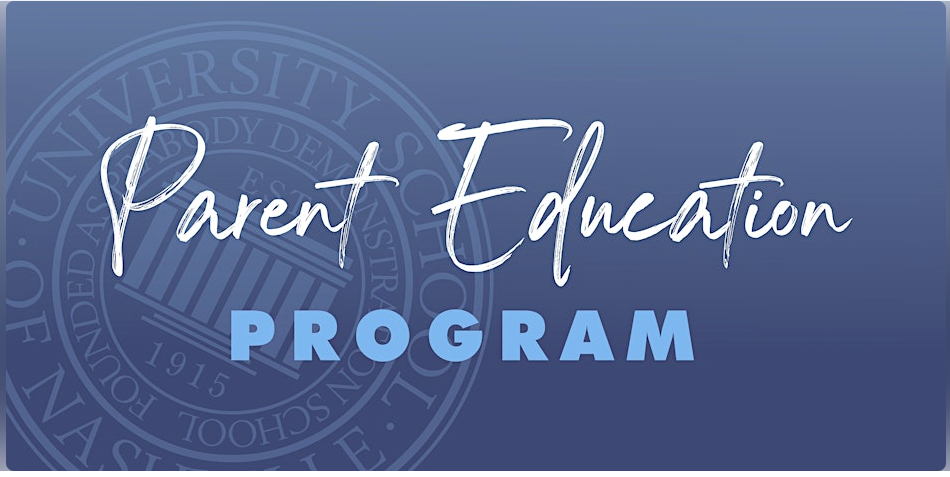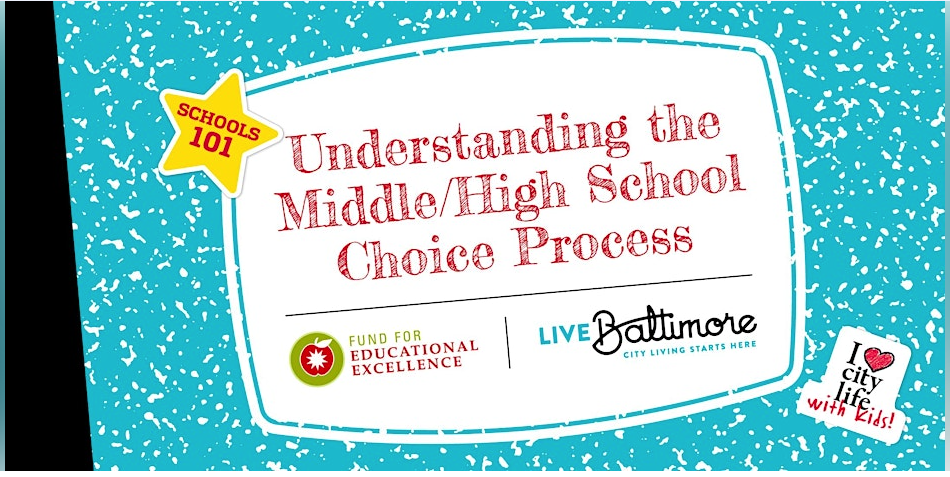Introduction:
When it comes to college admissions, one of the most frequently asked questions is whether applying early gives you an advantage. It’s a fair question, considering the sheer volume of applications and the pressure to stand out. The answer, according to statistics, is yes. Applicants who apply during early decision or early action periods often have a higher acceptance rate compared to those who apply during regular decision. But is that the only factor you should consider?
In this guide, we’ll walk you through the advantages and disadvantages of early decision, early action, regular decision, and rolling admissions. By the end, you’ll have a clearer understanding of which application route is best for you.
Early Decision: November/December
Advantages:
- Priority Review: Your application is evaluated earlier in the admissions process, giving you a head start.
- Fewer Competitors: You’ll be competing with fewer applicants, as many students apply through regular decision.
- Quick Results: You’ll know whether you’ve been accepted long before your peers.
Disadvantages:
- One Choice Only: You can apply to only one school for early decision, making this option less flexible.
- Binding Commitment: If accepted, you’re committed to attending that school, eliminating other options.
- Limited Financial Aid Comparisons: You won’t have the chance to compare financial aid offers from different schools.
Is Early Decision Right for You?
- If you’re 100% sure of your top school choice and don’t need to compare financial aid packages, early decision is a great way to secure a spot at your dream school. However, it requires confidence in your choice and your ability to commit.
Regular Decision: January/February
Advantages:
- More Time to Prepare: You have additional time to refine your application, retake exams, or improve your GPA.
- Greater Flexibility: If you’re undecided, regular decision gives you time to weigh your options and explore more schools.
- Financial Aid Comparisons: You’ll have the opportunity to compare financial aid offers from multiple institutions.
Disadvantages:
- Later Acceptance: You won’t hear back until later in the spring, which can add stress if you’re anxiously awaiting responses.
- Peak Application Season: With everyone applying at the same time, admissions officers are flooded with applications, making it harder to stand out.
- Busy Senior Year: This is a hectic time with graduation, exams, and other commitments. Adding college applications on top of that can be overwhelming.
Is Regular Decision Right for You?
- If you need more time to decide on a school or want to maximize your financial aid opportunities, regular decision offers more flexibility. It’s also ideal if you’ve had a busy senior year and want to ensure your application is as strong as possible.
Early Action: November/December
Advantages:
- Early Review, No Pressure: You’ll get the benefits of early decision without the binding commitment.
- More School Choices: You can apply to multiple schools under early action, giving you more options.
- Advanced Knowledge: You’ll know sooner if you’ve been accepted, giving you more time to plan for the future.
- Financial Aid Comparisons: Since it’s not binding, you can compare financial aid packages from different schools.
Disadvantages:
- Tight Deadlines: If you’re not accepted, there may be little time left to submit applications to other schools during regular decision periods.
Is Early Action Right for You?
- Early action is great if you want the benefits of early decision but need the flexibility to compare financial aid offers or are still weighing your school options. It’s ideal for organized students who are ready to submit early but don’t want to be locked into a single choice.
Rolling Admissions: A Flexible Option
Advantages:
- First Come, First Served: The earlier you apply, the sooner you’ll get a decision, potentially even before regular decision deadlines.
- Non-Binding: Even if you’re accepted, you’re not obligated to attend the school.
- Backup Plan: If you’re not accepted at your top choice through early or regular decision, you may still have a chance with a rolling admissions school.
Disadvantages:
- Timing Is Key: The longer you wait to apply, the tougher it is to get accepted, as spots fill up quickly.
Is Rolling Admissions Right for You?
- If you’re proactive and want the flexibility of non-binding decisions with a longer application window, rolling admissions can be a fantastic option. However, if you delay, your chances of acceptance may diminish.
Conclusion: How to Make Your Decision
When deciding between early decision, early action, regular decision, and rolling admissions, consider where you are in the process. Are you sure about your school choice and ready to commit? Do you want to keep your options open and compare financial aid packages? Or do you need more time to finalize your decision?
No matter which route you choose, understanding the advantages and disadvantages of each option will help you apply with confidence and secure your spot in the college of your dreams.




Get involved!
Comments